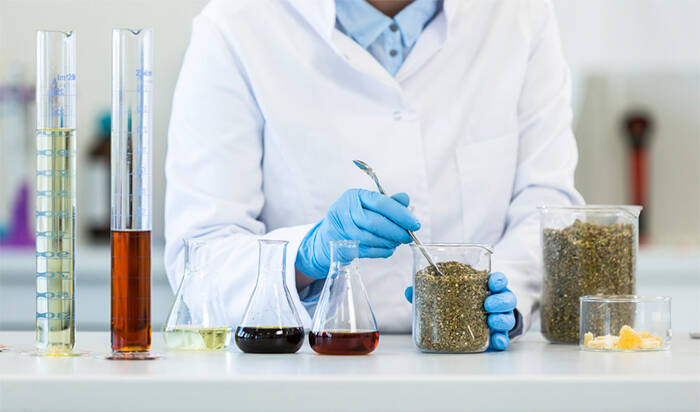What is the Difference Between Full Spectrum Broad Spectrum and Isolated CBD?
Not-so-quiet. Cannabis is a tall plant, with serrated leaves and glandular hairs that produces hemp fiber, as well as the various “drugs”. The psychoactive properties of cannabis are mainly due to one cannabinoid, delta-9-tetrahydrocannabinol (THC), though the cannabis plant contains more than 120 compounds classified as cannabinoids, including cannabidiol (CBD), cannabigerol and cannabivarin. CBD, found in the plant in part as cannabidiolic acid (CBDA), is the most important compound and there has been huge developments in separating CBD and THC over the last couple of years.
Extraction methods
Although medicinal effects of cannabis were recognized from the early 20th century, it’s use was limited by the presence of psychoactive THC in the plant. Several extraction techniques were developed during the first half of the 20th century such as distillation, solvent extraction or sonication, but these were limited by the time required as well as possible toxicities secondary to organic solvents used. Modern methods such as ultrasound-assisted extraction (UAE), supercritical CO2 extraction (SFE) or pressurized hot water extraction help purify the THC as well as increase extraction efficiency with minimal contaminants and decrease solvent usage, minimizing possible toxicity.
Probably, the most utilized and safest technique is pressurized hot water extraction (PHWE), where water is used as a solvent to act like ethanol to remove THC from the plant, although temperature is extremely critical and directly affects extraction efficiency.
CBD from hemp vs CBD from marijuana
Ultimately, CBD is CBD no matter where it comes from, or how it is extracted. Hemp and Cannabis/Marijuana relate to the plant’s taxonomic classification, as well as their relative THC and CBD concentrations. As marijuana is typically raised either legally or illegally for its psychoactive affects, it has a much higher THC concentration and thus more of it would be required to extract the same amount of CBD. On the other hand, as hemp is grown either for its fiber or for CBD extraction, and thus has a higher CBD content.
Currently 37 states have some sort of publicly available medical marijuana/cannabis program. At present, 16 states allow the use of low THC, high CBD compounds, however, marijuana as a plant remains federally illegal, in comparison to hemp as defined in the 2018 Farm Bill as being legal as long as the total THC concentration does not exceed 0.3%. Thus, from a legal perspective, hemp plant as well as hemp derived products are federally legal but illegal under extremely rare state laws.
Endocannabinoid System
CBD and other cannabinoids act on the endocannabinoid system in the human body. Endocannabinoid system consists of two main types of receptors, CB1 and CB2, with CB1 being more common in the central nervous system and CB2 being more common in the immune system and associated tissues. Although CBD is the most common and effective cannabinoid, the cannabis plant consists dozens, if not hundreds more of different cannabinoids, terpenes, and similar substances.
Full-spectrum CBD
Full-spectrum CBD refers to the extract that consists of all the cannabinoids, and terpenes extracted from the plant including the THC, and as such may demonstrate increased activity secondary to synergistic effect of all compounds acting simultaneously, also termed the entourage affect. Though as the plant undergoes less extraction, full spectrum CBD may contain an increased percentage of THC and thus may have increased legality issues.
Broad spectrum CBD
Broad spectrum CBD on the other hand is defined as full spectrum minus the THC. In this context broad spectrum CBD would be expected to be “law-abiding”, while consisting of all the minute cannabinoids as well as CBD and the associated entourage affect.
CBD isolate
Finally, CBD isolate, refers to the purest form of CBD, just that. It would be expected to be “almost lab-made” and thus tasteless, and odorless, as well as having 0% risk of any euphoric affects. Although, it can be considered to be the safest method of consuming CBD containing compounds, the synergistic effect between CBD and similar cannabinoids would not be seen.




